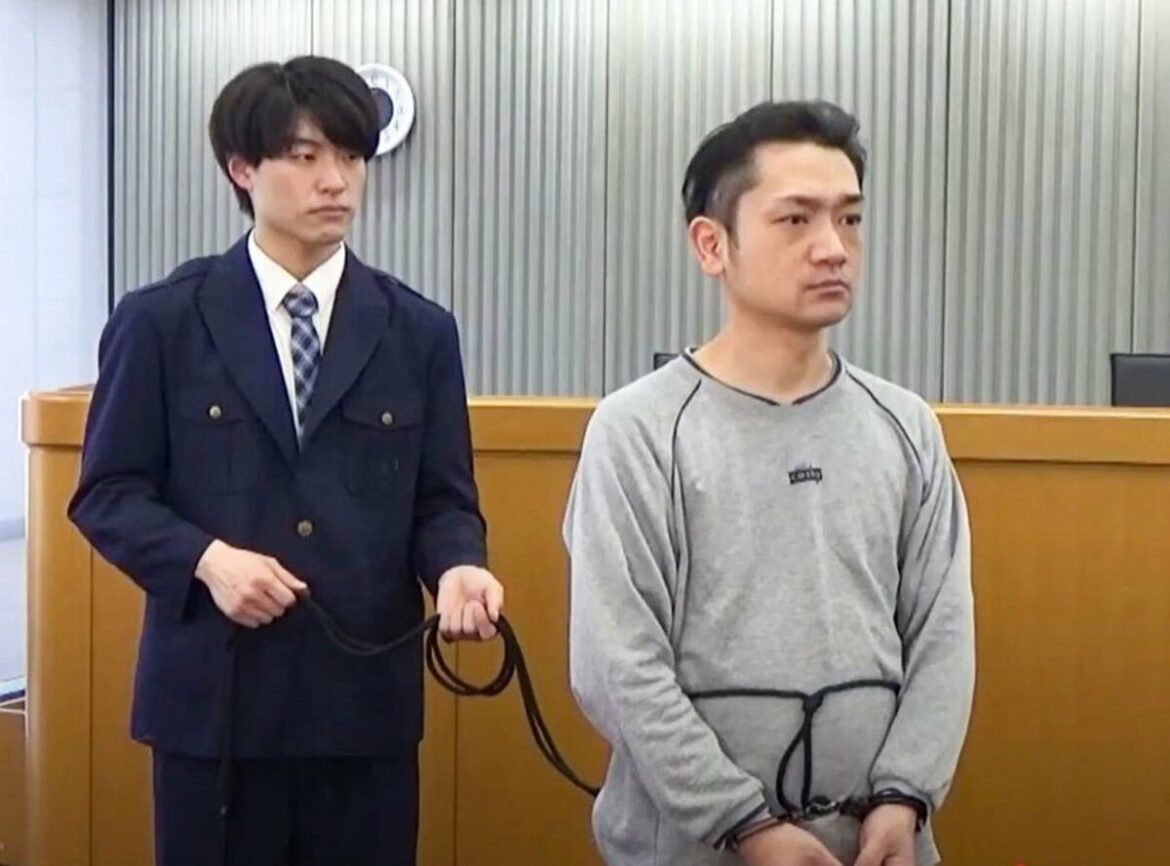NAGOYA – Handcuffed and bound with ropes around their waists, criminal defendants are routinely led into Japanese courtrooms while relatives and spectators look on. But what was once considered a normal procedure is drawing condemnation from critics calling it a violation of human rights.
Lawyers and rights advocates say courtroom restraints undermine the presumption of innocence. By Oct. 15, the Japan Federation of Bar Associations (JFBA) and nine regional bar associations had demanded the practice be stopped.
The JFBA has made the issue a national priority. In October last year, it adopted a resolution urging courts to ensure that defendants are not publicly restrained.
“It’s finally being recognized as a human rights issue,” said one attorney involved in the campaign.
Naoki Koyama experienced it firsthand. A former host club worker, Koyama was arrested in December 2023 and tried at the Nagoya District Court on charges of abandoning a corpse.
He spent about 320 days in detention and was brought into court in handcuffs and a rope tied around his waist.
“I hated being stared at,” Koyama recalled. “I felt like I was being put on display.”
After he was released on bail during the trial, Koyama appeared in court without restraints. The difference was stark.
“Even though I was still a defendant, I felt like I was finally standing on equal footing with the prosecutors,” he said. In March 2025, Koyama was acquitted, and the ruling has since become final.
Under Japan’s Code of Criminal Procedure, defendants are presumed innocent until proven guilty, and the use of physical restraints in court is generally prohibited.
However, in practice, the rule applies from the time the judge declares the court in session until the time it is adjourned.
Defendants typically enter wearing handcuffs and a waist shackle. The judge orders the restraints removed just before proceedings begin.
In trials involving lay judges — members of the public who serve as jurors — the handcuffs are released earlier to prevent jurors from forming prejudgments.
The Osaka Bar Association was the first to formally study the issue, launching a team in 2017.
Along with other legal organizations, it surveyed defendants who had been brought into court in restraints. Over 60 percent said they felt they were being treated like criminals.
“The lawyers who ignored this issue also bear a great deal of responsibility,” said team vice-chairperson Maya Kawasaki.
In 2019, the Osaka District Court ruled on a lawsuit filed by two former defendants who claimed emotional distress from being publicly handcuffed.
The court acknowledged that “there is a legitimate expectation that handcuffs will not be inappropriately displayed to the public,” adding that this expectation “deserves legal protection.”
The ruling suggested measures such as removing handcuffs behind a partition or allowing the public to enter only after restraints are removed.
Kawasaki said that although some judges do take these precautions, in many courts they are not allowed at all. According to the public relations division of the Supreme Court of Japan, each court is empowered to decide how to handle defendants based on its own “courtroom police powers.”
One active judge, speaking anonymously, pointed to practical constraints.
“Taking extra time to remove handcuffs out of sight would add to staff workloads,” the judge said. “In busy district courts, that could easily lead to delays and a backlog of cases.”
As pressure mounts from the legal community and the public, Japan’s courts now face the fundamental question of how to balance security with the dignity and rights of those presumed innocent.
“We want the courts to show their commitment to protecting human rights,” Kawasaki said. “Doing so would also strengthen public trust in the justice system.”


AloJapan.com